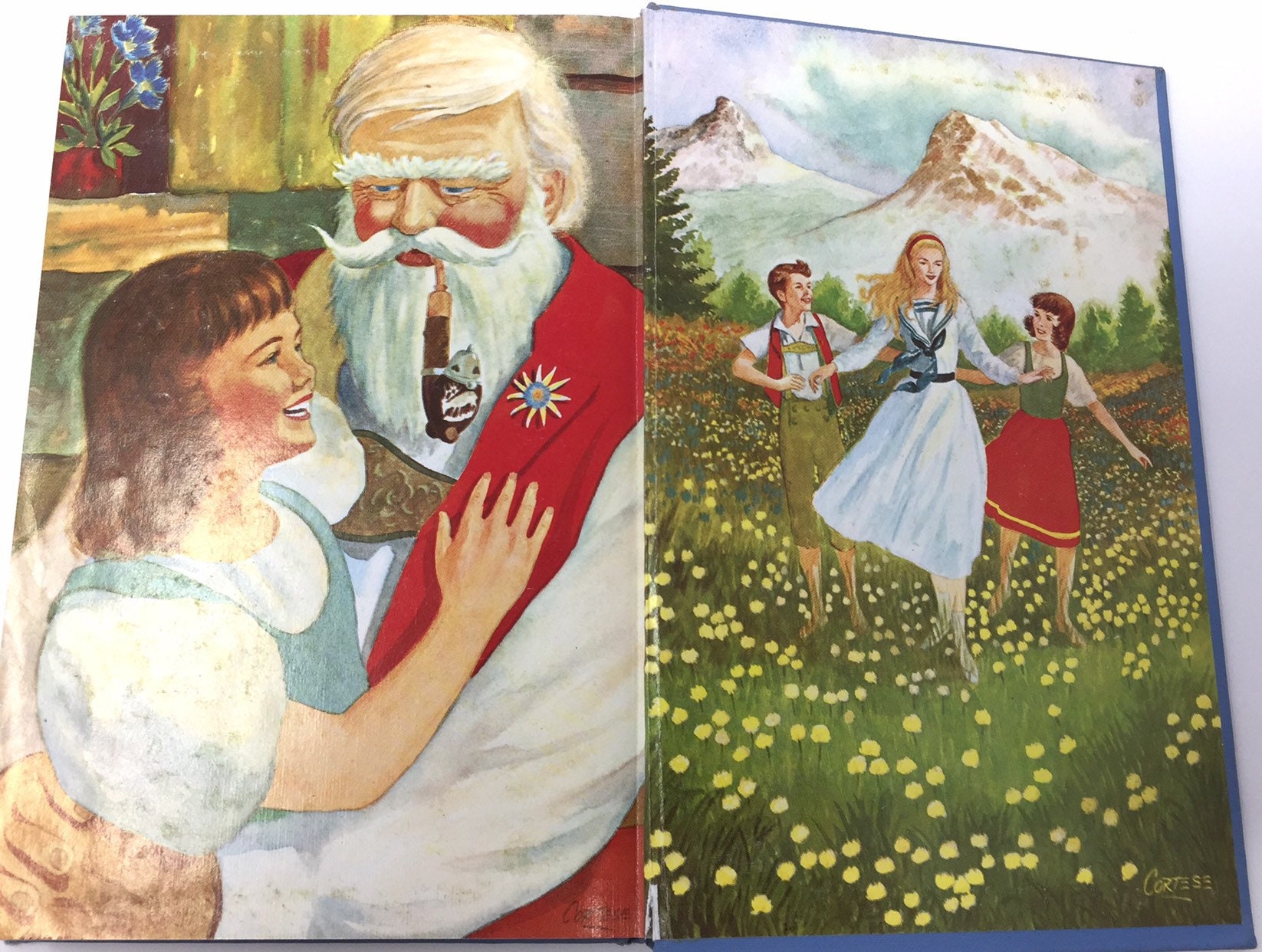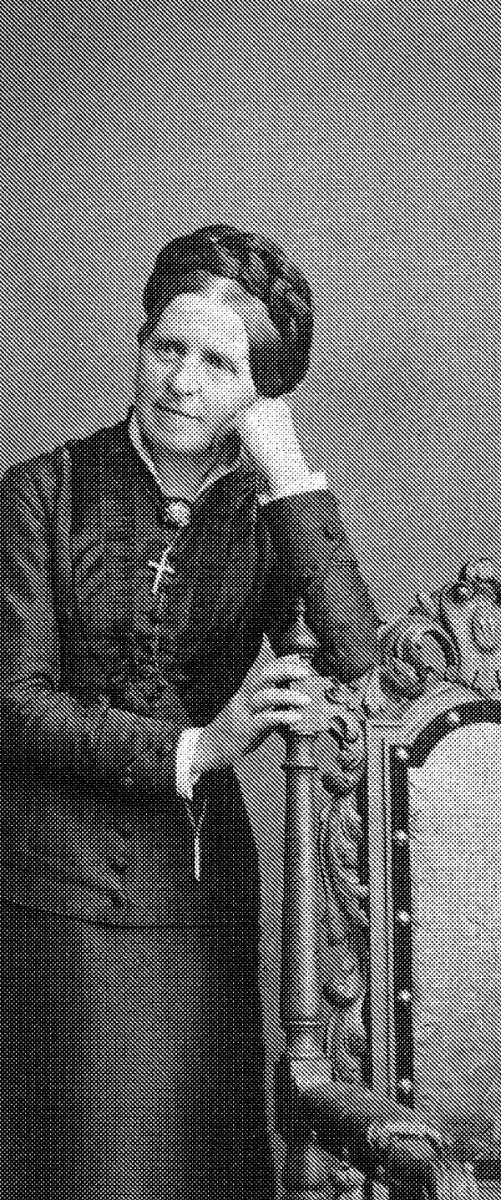

The tropes used in this case are dwelling-, a geographical place and sense of belonging: animals, mutualism and coexistence with other humans wilderness: the role of nature as a healer and positive growth towards the good and the morally sound. Using Heidi as the primary text, this purely qualitative study uses ecocritical tropes as an approach in tackling the relationship between humans and non-human aspects of the environment. These metaphors are further subdivided into other tropes which offer a better alternative way of life which are neither parasitic nor predatory, but positive symbioses. This work looks at the concept of mutualism and coexistence as metaphors from ecology. Studies on Heidi have focused on other theories like psychoanalysis, however, none has looked at the text from an ecocritical perspective with mutualism and coexistence in mind. The focus of this work is to analyze such a text as Heidi by Johanne Spyri which offers alternatives of survival which are mutualism and coexistence. Reflections on the state of the environment and how some wish it to be are mirrored in the literary productions of some writers.

Sin embargo, hubo una escritora que no se Por lo menos para la mayoría de ellas, como recomendaban los críticos literarios de la época. Resumen: Para las escritoras suizas de la primera mitad del siglo XX, el personaje de Heidi, creado por Johanna Spyri en 1880, seguía siendo el referente primordial. To this interpretation there can be added the one of aesthetics constructed through the gaze of the characters. Until now this novel had been interpreted as an experiment of changing gender identities. The transgressing aspect I focus on in this paper is beauty, establishing continuities and discontinuities between the classic character Heidi and the character Bernhard or Berchen, created by Schwarzenbach in her novel Freunde um Bernhard (1931). However, there was a writer who did not adhere to this recommendation but rather transgressed in many ways the molds established by the tradition of German literature in Switzerland: Annemarie Schwarzenbach.

At least for most of them, as recommended by literary critics of the time. For the Swiss women writers of the twentieth century's first half, the character Heidi created by Johanna Spyri in 1880 remained the primary reference.


 0 kommentar(er)
0 kommentar(er)
